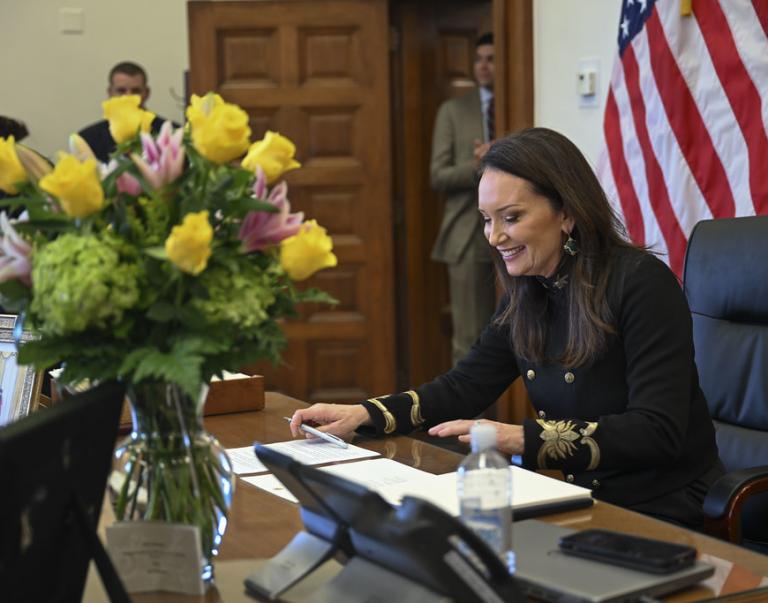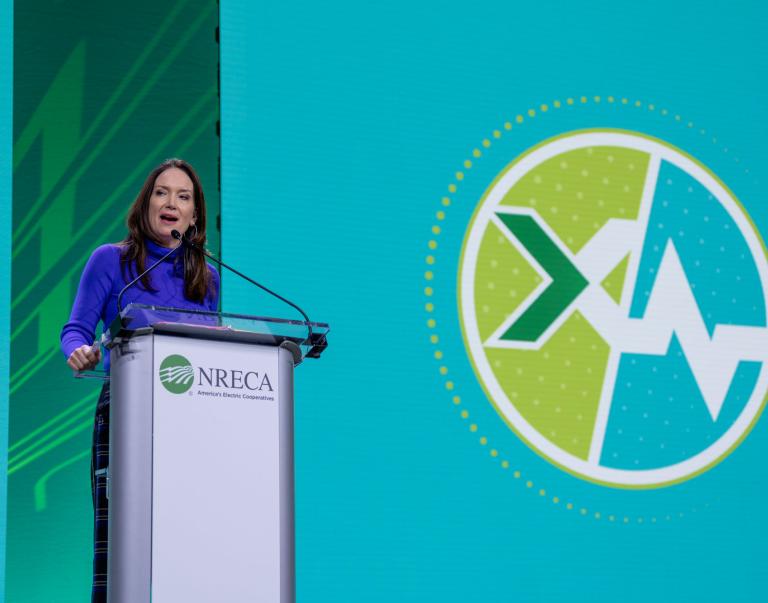
This post is part of the Science Tuesday feature series on the USDA blog. Check back each week as we showcase stories and news from USDA’s rich science and research portfolio.
According to a Bureau of Labor Statistics (BLS) report issued in June 2011 there are 4,861,000 people with disabilities in the workforce, and 3.3 percent are involved in agriculture and related industries. In addition, a 2010 report from BLS predicted that between 2008 and 2018 the most jobs lost by people with disabilities will be among farmers and ranchers.
The thousands of farmers, ranchers and agricultural workers with disabilities are a vital part of the agricultural workforce and rural America. Despite the high occupational injury rate among agricultural workers, there is a lack of agricultural disability expertise and services that keeps these folks from continuing productive lives in agriculture. The AgrAbility Project was created to help those with disabilities who are engaged in production agriculture to stay in their field and enhance their quality of life.
AgrAbility received its first federal funding in 1991, and is operated by USDA through the National Institute of Food and Agriculture (NIFA). In an eight-state study with 618 AgrAbility clients from Utah, Colorado, Nebraska, Minnesota, Wisconsin, Iowa, Missouri and Mississippi, 80 percent of 493 reporting clients said AgrAbility assistance enabled them to live in their home on the farm/ranch.
NIFA, through this program, partners with land-grant universities and private nonprofit disability service organizations to provide practical education and assistance that promotes independence in agricultural production and rural living. The AgrAbility program has been a significant influence in the growth of the professional knowledge and expertise on accommodating disability in agriculture. The AgrAbility Project assists people who work both on small and large operations, as well as including veterans who want to return to farming or seek to begin an agriculture career.
To learn more about AgrAbility, visit the programs webpage here or go to the grant’s webpage here.




